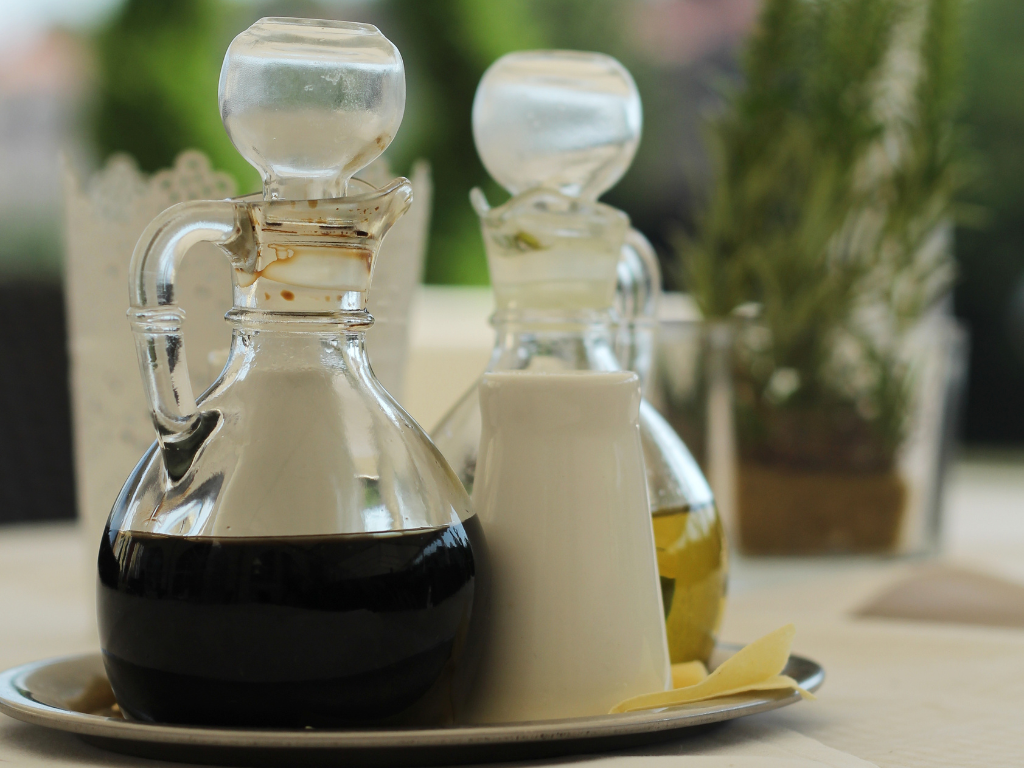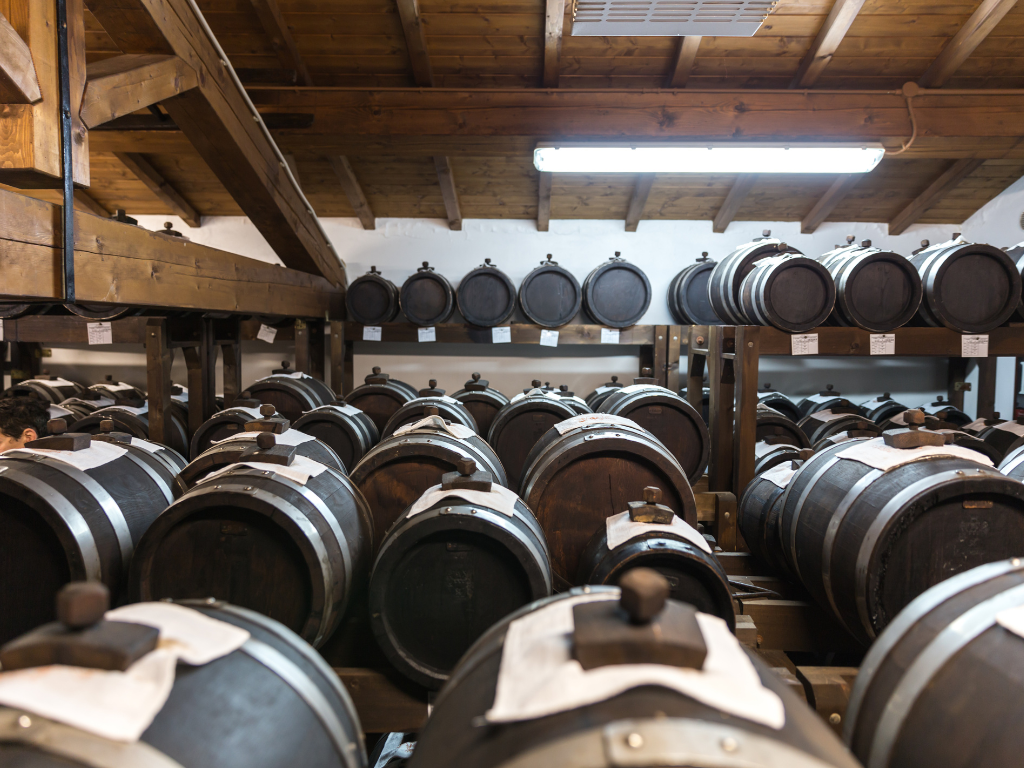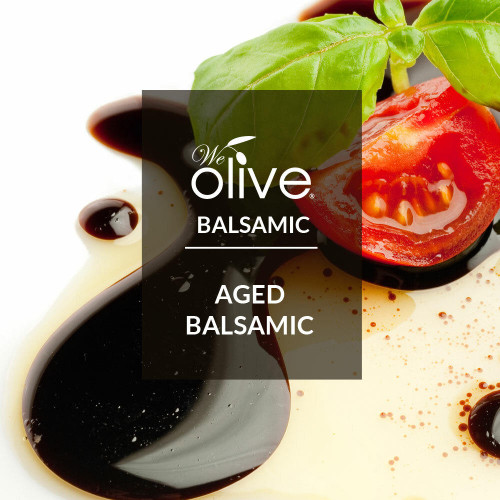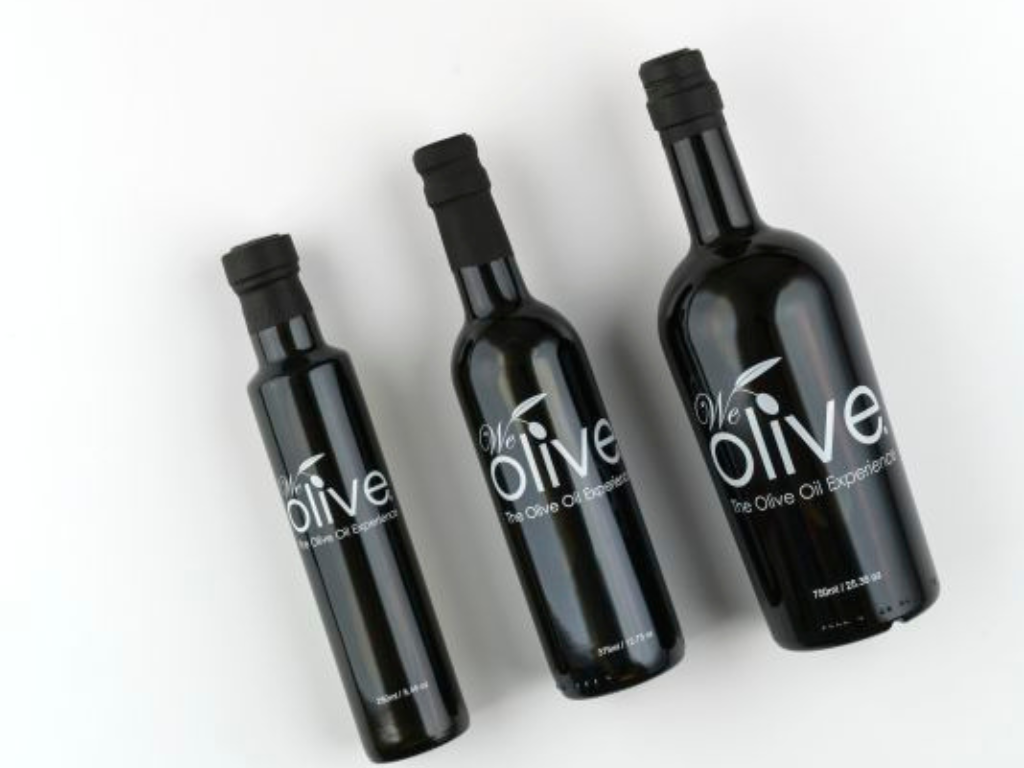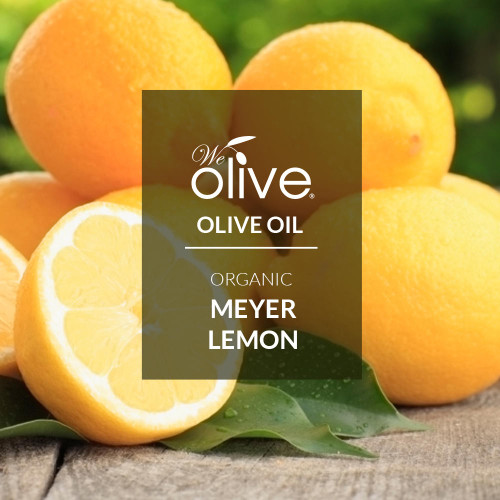Aged Balsamic Vinegar—Choose the Best Quality
Posted by Ruth Mercurio, Professional Olive Oil & Wine Taster on 1st May 2023
Aged Balsamic Vinegar—Choose the Best Quality
Are you a foodie who's always on the
lookout for new and unique flavors to add to your dishes? Then,
aged balsamic vinegar should be on
your radar! Known for its rich, complex taste and versatility in the kitchen,
this ingredient has become a staple in many households. However, not all aged
balsamic vinegar is created equal.
In this blog, we'll look into what makes
this Italian delicacy so special: From its primary ingredients to the
production process. Also, we will provide tips on how to choose the best
quality for your culinary creations or other kinds of personal uses. So, grab
your
EVOO,
your favorite bread bar, and let's dive into the world of exquisite aged
balsamic vinegar!
Aged balsamic
vinegar primary ingredients
The primary ingredients used to make aged
balsamic vinegar are grapes must and wine vinegar. Grapes must be freshly
pressed into juice containing the skins, seeds, and stems of grapes. This
mixture is slowly simmered until it becomes thick and syrupy, then combined
with wine vinegar for acidity.
The quality of the grape in aged balsamic
vinegar is crucial to its flavor. Only high-quality grapes from specific
regions in Italy can be used, such as Trebbiano or Lambrusco. These varieties
have a natural sweetness that translates into the final product.
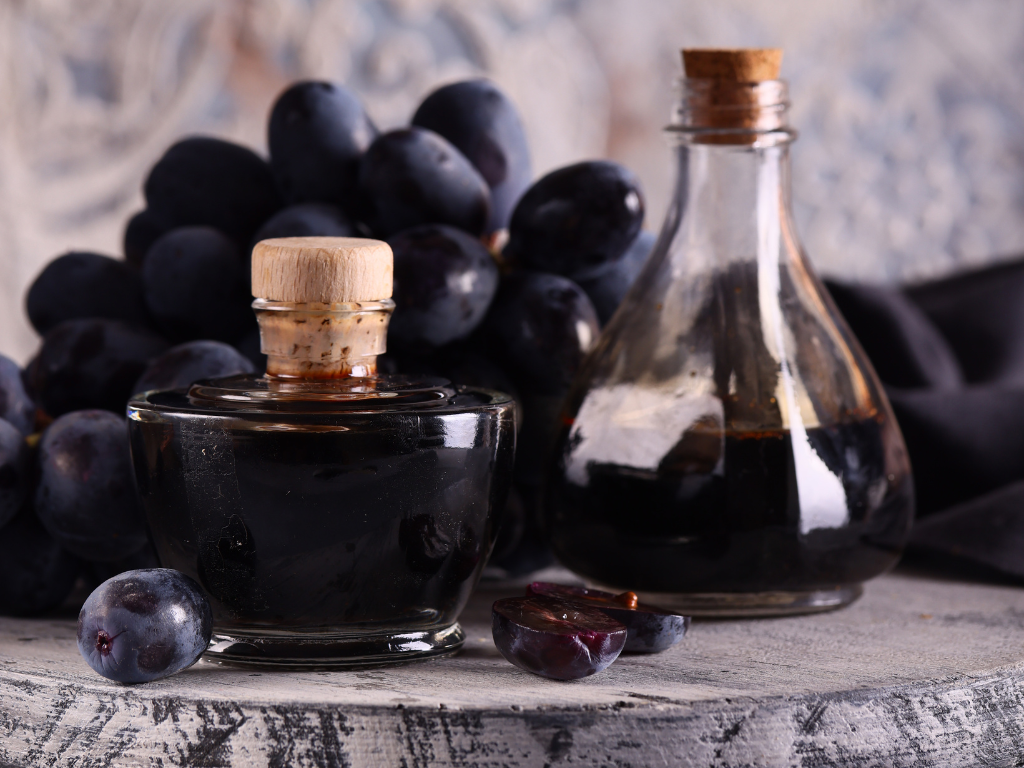
After combining the grape with wine
vinegar, the mixture is transferred to wooden barrels where it will age for a
minimum of 12 years. The barrels are made from various types of wood including
oak, cherry, chestnut, or mulberry which each contribute different flavors to
the final product.
As time passes, some liquid evaporates
through tiny pores in the wooden barrel walls causing concentration and
intensifying flavors within each batch of balsamic vinegar. Each year part of
this concentrated liquid (usually about 10%) is moved into smaller casks made
out of different woods so that they can continue maturing over many years. Some
batches could spend up to 100 years aging!
Choosing high-quality primary ingredients
when making balsamic vinegar results in an exceptional taste experience after
aging.
Preparation and
bottling of aged balsamic vinegar
The elaboration and bottling process of aged balsamic vinegar is a
meticulous and time-consuming task. It requires patience, expertise, and
attention to detail to achieve the high-quality product that consumers enjoy.
The first step in creating the best balsamic vinegar is to make the
grape must. This involves crushing fresh grapes and cooking them until they
become thick and syrupy. The mix is then transferred into wooden barrels where
it will begin its journey towards becoming aged balsamic vinegar.
The barrels used are made from various
types of wood such as oak, cherry, mulberry, or Jupiter which impart different
flavors to the final product. Over time, the vinegar will be moved between
different barrels with varying sizes to absorb all the unique characteristics
of each type of wood.
One crucial aspect of making high-quality
aged balsamic vinegar is ensuring proper aging conditions like the perfect
temperature (71°F) and humidity levels for optimal fermentation. As such, this
process takes years as most producers let their vinegar age for at least 12-25
years before being bottled.
Once ready after several years' aging
period, acidification occurs using wine vinegar whose acidity ranges between 6%
- 10%, depending on how much acidic flavor you want in your final product
before being bottled in small quantities usually ranging from 3 ounces up to 16
ounces per bottle. Elaborating an excellent quality
aged balsamic vinegar takes dedication and experience along with
good quality ingredients combined with strict adherence to traditional methods.
More requirements for
making the best aged balsamic vinegar
When it comes to choosing quality aged
balsamic vinegar, there are a few additional requirements that can help ensure
you're selecting the best one. These factors go beyond simply checking for
authenticity or aging processes.
One such factor is sweetness. The best
balsamic vinegar should have a natural sweetness from the grapes used in
production and years of maturation in wooden barrels, without added sugars or
caramel coloring. This gives the vinegar its complex flavors and intensifies
its thick consistency.
Another important aspect is acidity levels.
The ideal balance of acidity enhances the flavor profile of aged balsamic
vinegar while also making it versatile enough to use as both a dressing and
cooking ingredient.
Consider where your vinegar was produced.
Like wine, different regions produce distinct flavors based on climate, soil
conditions, and grape varieties grown locally. For example, Modena, in Italy,
produces some of the most reputable
aged
balsamic vinegar
globally because they follow traditional production
methods passed down through generations.
By keeping these extra requirements in mind
when purchasing your next bottle of aged balsamic vinegar, you'll be able to
enjoy all its unique qualities with confidence. When shopping for
balsamic vinegar, it is important to know what
to look for in order to find a high-quality product. If you prefer original
products look for bottles that have the DOP seal, indicating that the vinegar
has been produced following traditional methods and aged for a minimum of 12
years.
What does the DOP seal represent? The DOP
seal stands for Denominazione di Origine Protetta, which translates to
"Protected Designation of Origin" in Italian. This certification
ensures that products have been grown and packaged locally. It serves as a
guarantee to consumers that local farmers and artisans have produced the food,
employing traditional methods. While products bearing the DOP label may come
with a higher price tag, they also promise the highest quality.
The best balsamic vinegars will have a deep
and complex flavor, with a balanced acidity. Avoid vinegars that are overly
sweet or too acidic. In addition to looking for the DOP seal, pay attention to
the label on the bottle for other clues as to the
quality of the vinegar. Look for information
about the origin and type of grapes used to make the vinegar, as well as the
exact age of the vinegar and whether it has been oak aged.
Finally, make sure to check the bottle for
other signs of quality, such as the absence of sediment or an overly dark or
cloudy appearance. The best balsamic vinegars should be rich and dark in color,
but still clear. Quality balsamic vinegars should also have a thick
consistency, like good quality extra virgin olive oil.
Are you ready for
the We Olive experience?
By keeping these important factors in mind,
you can make sure to select balsamic vinegar that is of the best quality and
has the richest flavor. This type of vinegar is usually found in specialty
shops or Italian stores like
We Olive. You should also consult a
professional to determine the best type of balsamic vinegar for your dishes and
other kinds of complementary products: Extra virgin Olive Oil, truff mayo,
hotter sauce, and Tapenades.
Moreover, the best quality balsamic vinegar
does not necessarily have to cost more. Generally, more expensive balsamic
vinegars have more complex flavors, but some cheaper alternatives have good
flavors. Shop around and do some research to compare differences and find the
perfect vinegar for your dishes.
The key to selecting the best-quality aged
balsamic vinegar is to take your time and consider all the factors, from the
quality of the aging process to the acidity and sweetness levels, to the visual
aspects. With some expertise and research, you can be sure to select a balsamic
vinegar that will add delicious flavors to your cooking! Need help? Use our
olive oil stores near
me
section, call us at 805 238 2900, or email us at info@weolive.com.


